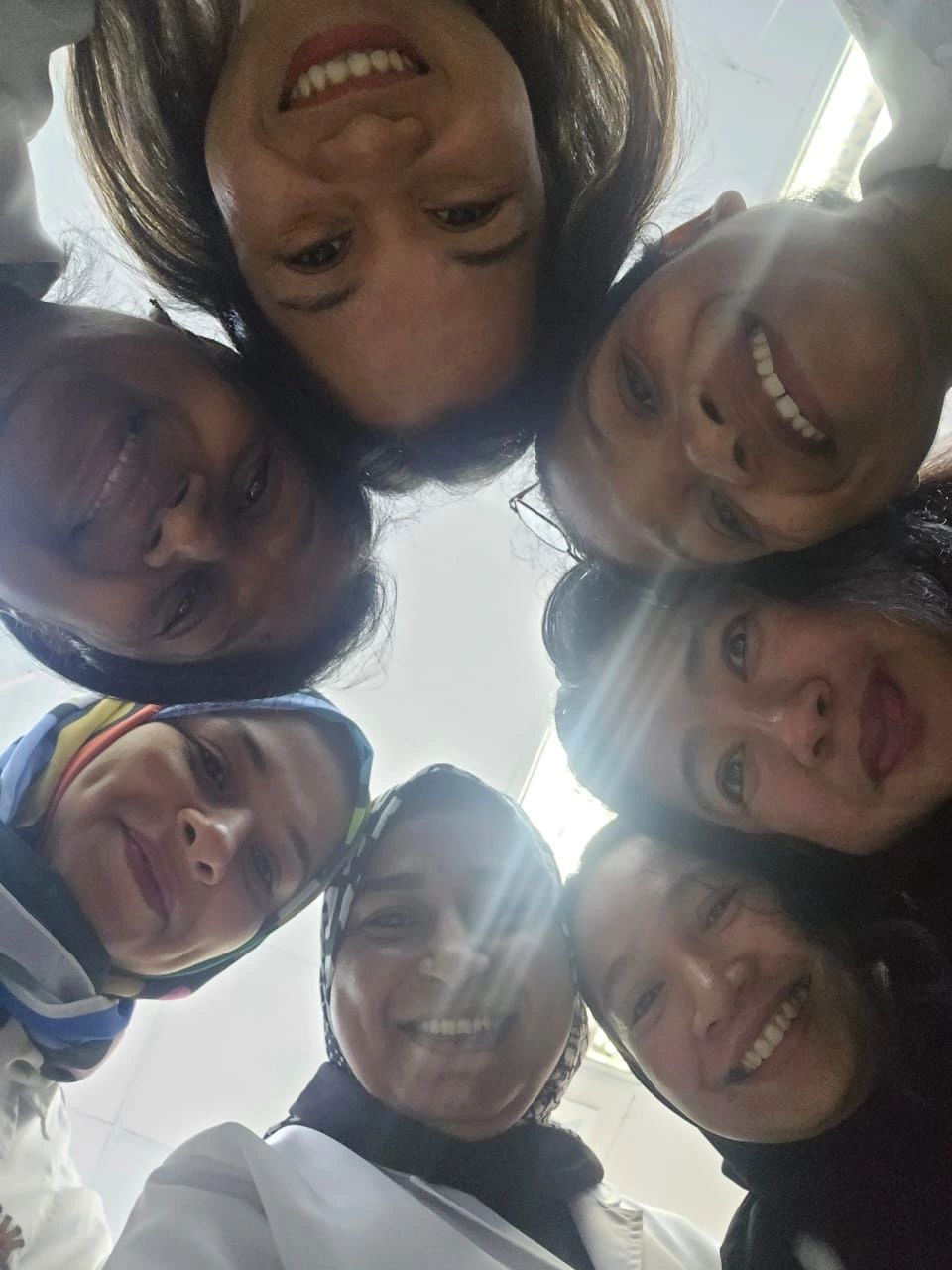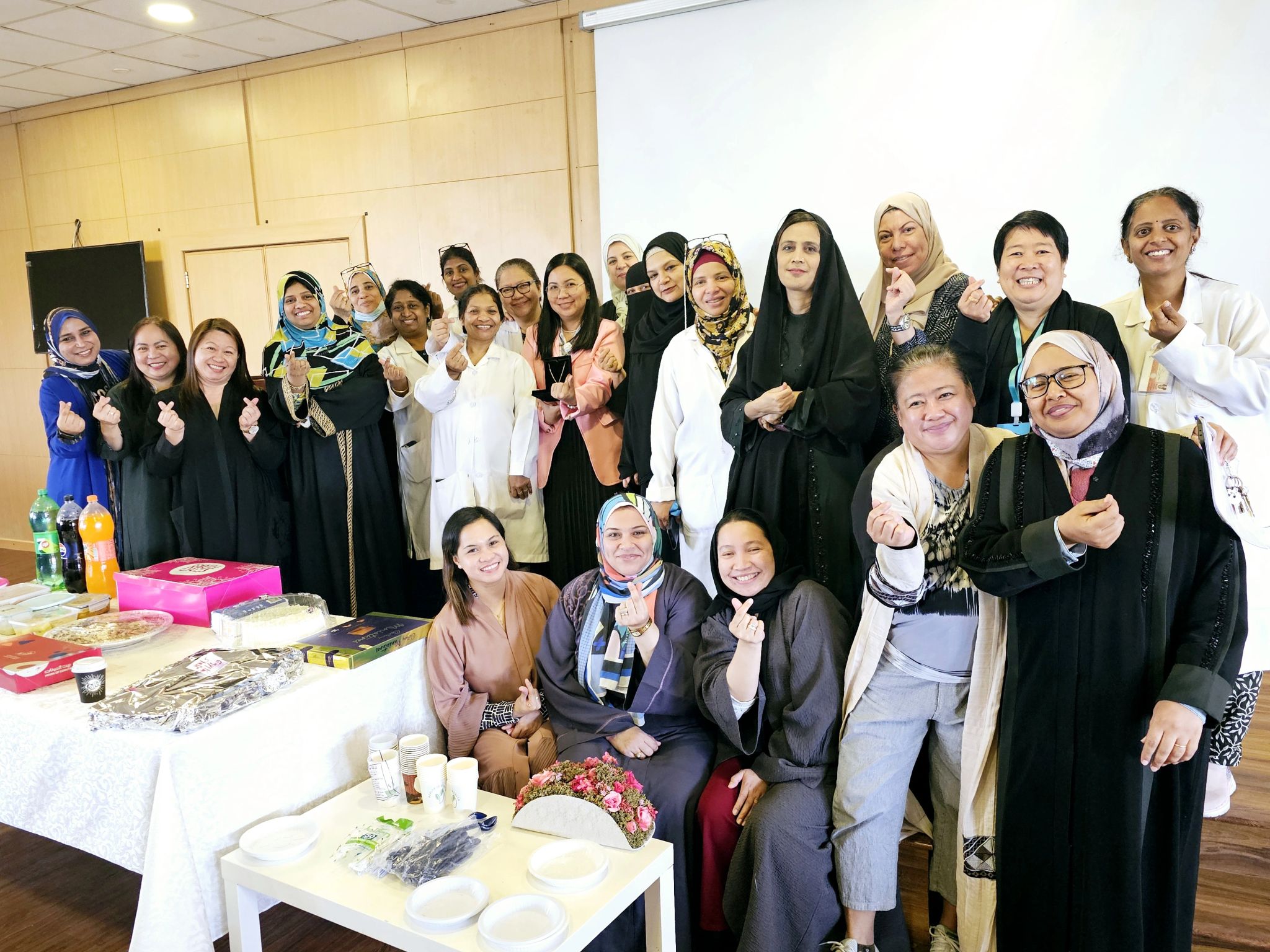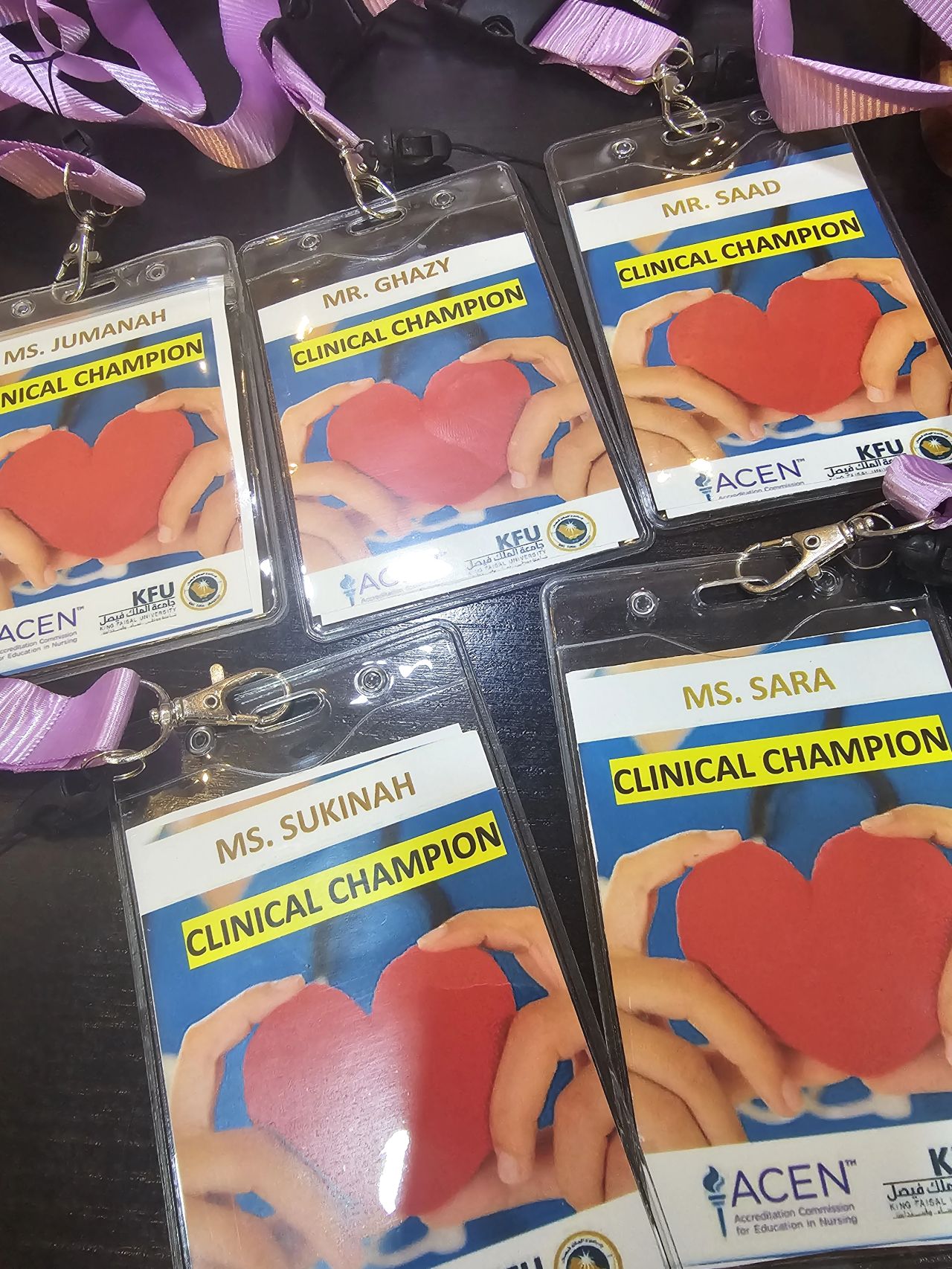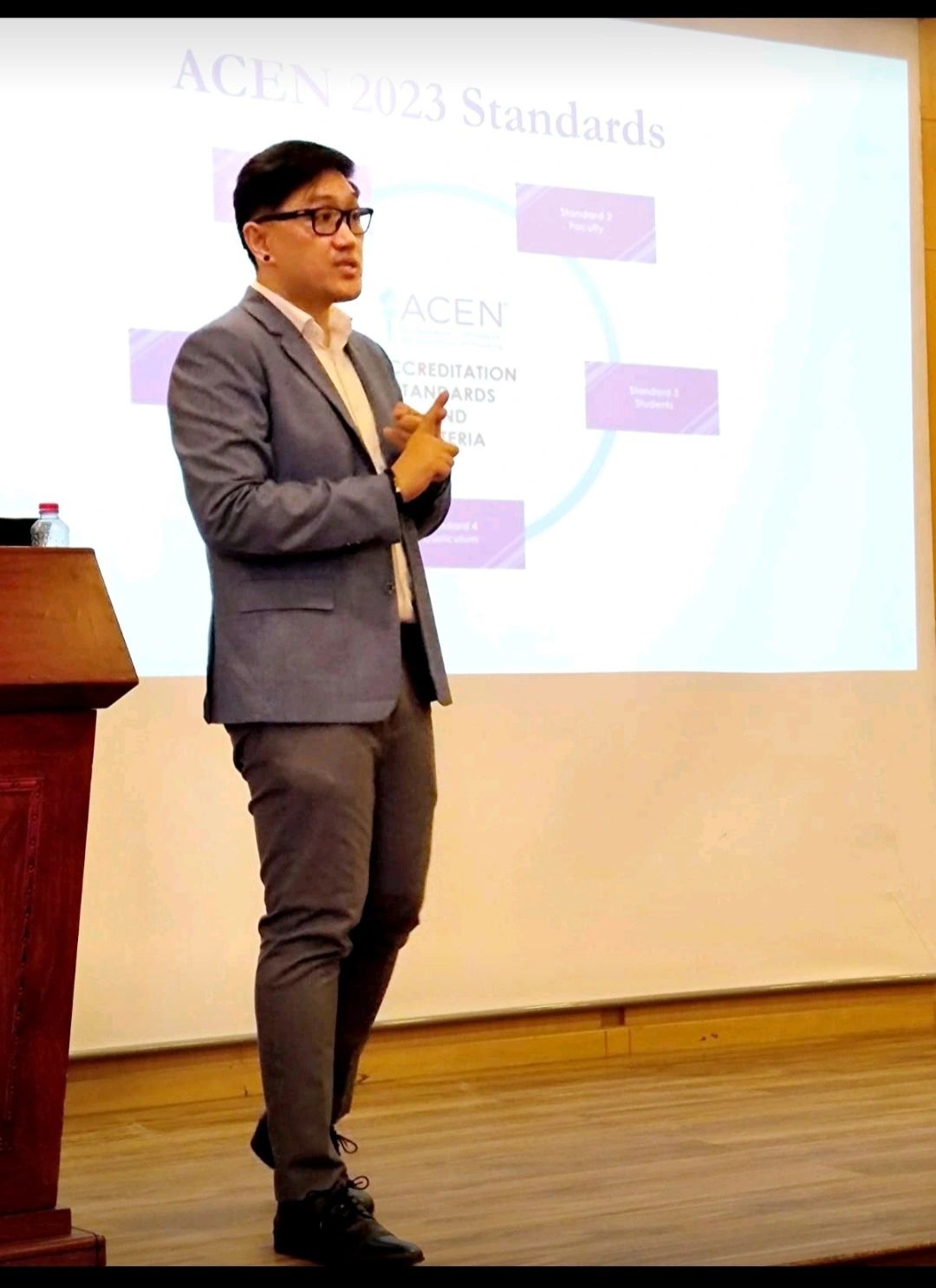

There is a myth surrounding accreditation that it is only the responsibility of the nurse administrator. However, no success in accreditation emanates from one person alone. An initiative as complex as ensuring compliance with international nursing standards and criteria, which validates that a nursing program is achieving quality and excellence, requires conscious effort and contribution of its gems, who are the faculty members. In fact, they are considered stars with a profound impact that can make or break their success. From my experience leading nursing programs through the ACEN accreditation process, which is the leading authority for nursing program accreditation in the United States, I believe in the importance of building teams as the core. As the mnemonic itself, TEAM means "Together Everyone Achieves More" From this vibrant experience of mine, what I have seen is not only dynamism, but a well-rounded perspective on diversity as these programs that I led are composed of passionate nurse educators coming from different countries making a difference in the programs especially making sure that the students are successful in their chosen profession. If a program is in the early stages of its accreditation journey, it cannot be expected that all the faculty are aware of its value. The process of pursuing programmatic accreditation can be a call to action for the nurse administrator, which is a great starting point. An intentionality to disseminate education, which may come from connections with nursing professionals who have had the firsthand experience of working in an accredited nursing program. Additionally, capitalizing on the strengths of your team of dynamic faculty members who can shine the brightest in this initiative.
In my experience leading an accreditation initiative for BSN and MSN programs at King Faisal University in Saudi Arabia during the Fall 2024 Site Visit, I found that shared governance, with a unique integration of the program's brand that reflects our core value of caring, made a significant difference. The accreditation process, initially perceived as tedious, has transformed into an opportunity for close collaboration and meeting the expected standards and criteria for success. As a nurse administrator, I had to create that moment and space for my own creativity, working on a well-structured plan for execution involving a solid team of activators, influencers, relationship builders, and strategic thinkers. Creating a plan that outlined all standards, criteria, and evidence, resulted in eight (8) teams with a DNA combination of these strengths-based strategies (the five standards plus a team for monitoring and site visit preparation). As an example, the standard 4 team is led by a team leader, with members who are facilitators and implementers. A facilitator's role is to guide a team through a process to achieve its objectives, acting as an impartial guide who focuses on the group's process rather than providing answers. In this case, they aim to ensure that all documentation is updated and its quality is assured. The implementer role focuses on action, execution, and bringing ideas from the structured plan into reality. All these faculty roles, when combined, involve taking plans and breaking them into actionable steps to complete work systematically and efficiently. Implementers excel at translating ideas into concrete actions, maintaining order, and ensuring that tasks are completed on time.

In ensuring a transformational approach that led to improvements, the team utilized the term "champions" to inspire a shared vision of success in every task and initiative of each faculty member. What makes it more interesting is the reporting process, where the whole team shares their findings with the entire team, thereby enhancing the collective knowledge and eventual competence of all these standards and criteria. The team's preparation in the site visit, for example, created an avenue for an ongoing communication and collaboration cycle until each of the teams achieve their goal which culminates into something bigger, which is the conscious intention of leveraging the programs quality, serving the needs of the communities of interest, and a nurse's heart with an authentic advocacy of educating students to become high skilled nursing professionals who will serve the healthcare system of the future.
Faculty involvement should be a constant practice and culture of excellence in any organization. It is clearly an accreditation standard and criterion, especially in the domain of governance. I considered it the bloodline that connects all the dots together. An effective shared governance and transformational approach in an accreditation initiative leads to ongoing professional, leadership, and skills development. This turns into innovations and sustained positive student outcomes. For example, the curriculum team is composed of experts who constantly review the course reports that include information about the outcomes for each course in every semester. All this information is also discussed in the end-of-semester presentation. This serves as a peer-reviewed process where all faculty members are present to contribute to the outcomes of each course, which may include modifications related to content, course learning outcomes, or providing recommendations for improvement, including strategies if targets are not met in the assessment plans. Another example is the curricular thread in the program related to contributions to achieving sustainable development goals. Students are engaged in community service-learning initiatives guided by faculty members as they are integrated into multiple courses. This involvement is crucial and beneficial for both. Students are progressively learning the value of service to vulnerable populations and the faculty members are also fulfilling their commitment to service, which is part of their scholarship.
Overall, an accreditation that is centered on caring is one of the strategies that were implemented in these programs. This is a form of innovation and creates an environment that fosters empathy and compassion. Educational institutions typically focus on knowledge and skills, but this one takes a progressive approach to wisdom development. A humanistic approach to teams, teaching, and learning. The connectedness of skillsets and collective contribution of faculty members led to a sustained positive outcome, especially program completion rates, job placement rates, and licensure outcomes. These consistent embodiments of these values created trust, a strong brand, and an impactful reputation for all the accredited nursing programs, which is bigger than the initiative itself. The connected hearts of faculty members can truly transform not just humanity, provided they are authentic, genuine, and realized, thereby offering the highest level of quality to the community of interests we serve. Creating a safe space for learners to meet their highest potential during their beginnings in the program, until they graduate and become exceptional nurses.
